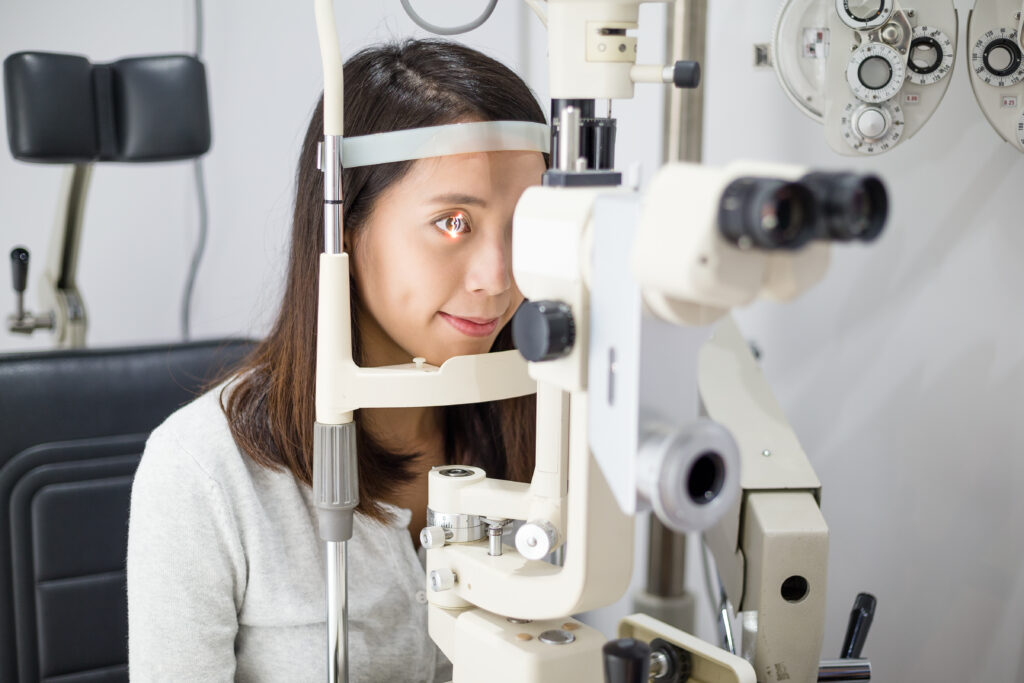Protect your eyes
Preserving Visual Clarity: Nurturing Low-Level Vision through Preventative Measures
In the realm of vision, prevention is the key to preserving the delicate balance of visual clarity. For individuals with low-level vision, taking proactive steps to prevent further deterioration becomes paramount. In this article, we embark on a journey of awareness, exploring five preventative measures that can safeguard and nurture low-level vision. From routine check-ups to the utilization of blue light glasses, we delve into strategies that empower individuals to protect their vision and maintain a world of clarity.

1.The Power of Routine Check-ups: Regular eye examinations serve as the cornerstone of preventive care. By scheduling routine check-ups with an eye care professional, individuals with low-level vision can detect early signs of vision changes or underlying conditions. These comprehensive evaluations enable timely intervention and provide an opportunity to explore treatment options that can slow the progression of visual impairment.

2.Shielding Against the Blue Light Assault: In today’s digital era, the onslaught of blue light from screens and devices poses a unique challenge to low-level vision. Investing in blue light glasses can help mitigate the potential harmful effects of prolonged exposure. These specialized lenses filter out high-energy blue light, reducing eye strain and minimizing the risk of further vision decline. By embracing this preventative measure, individuals can protect their eyes and maintain visual well-being in a digital world.

3. The Nutritional Lens: Fueling Vision Health: Diet plays a crucial role in nurturing low-level vision. Certain nutrients, such as vitamin C, vitamin E, omega-3 fatty acids, and lutein, are known to support eye health. Including a variety of fruits, vegetables, fish, and nuts in one’s diet can provide these essential nutrients and contribute to maintaining optimal vision. Adopting a well-balanced diet rich in these vision-supporting elements serves as an invaluable preventative measure to safeguard low-level vision.

4.Environmental Awareness: Lighting the Way: Creating a vision-friendly environment can help reduce strain on low-level vision. Adequate lighting, both natural and artificial, ensures optimal visibility and minimizes eye fatigue. Adjusting lighting levels, using task-specific lighting, and avoiding glare from reflective surfaces are all essential considerations. By proactively optimizing the visual environment, individuals can help prevent further deterioration and promote a more comfortable visual experience.

5.Active Lifestyle: Seeing the Benefits: Engaging in regular physical activity brings a myriad of benefits, including promoting healthy blood circulation and supporting overall well-being. Studies suggest that regular exercise may contribute to reducing the risk of certain eye conditions and vision decline. Embracing an active lifestyle, such as walking, jogging, or participating in low-impact exercises, can enhance the overall health of the eyes and potentially slow down the progression of low-level vision.